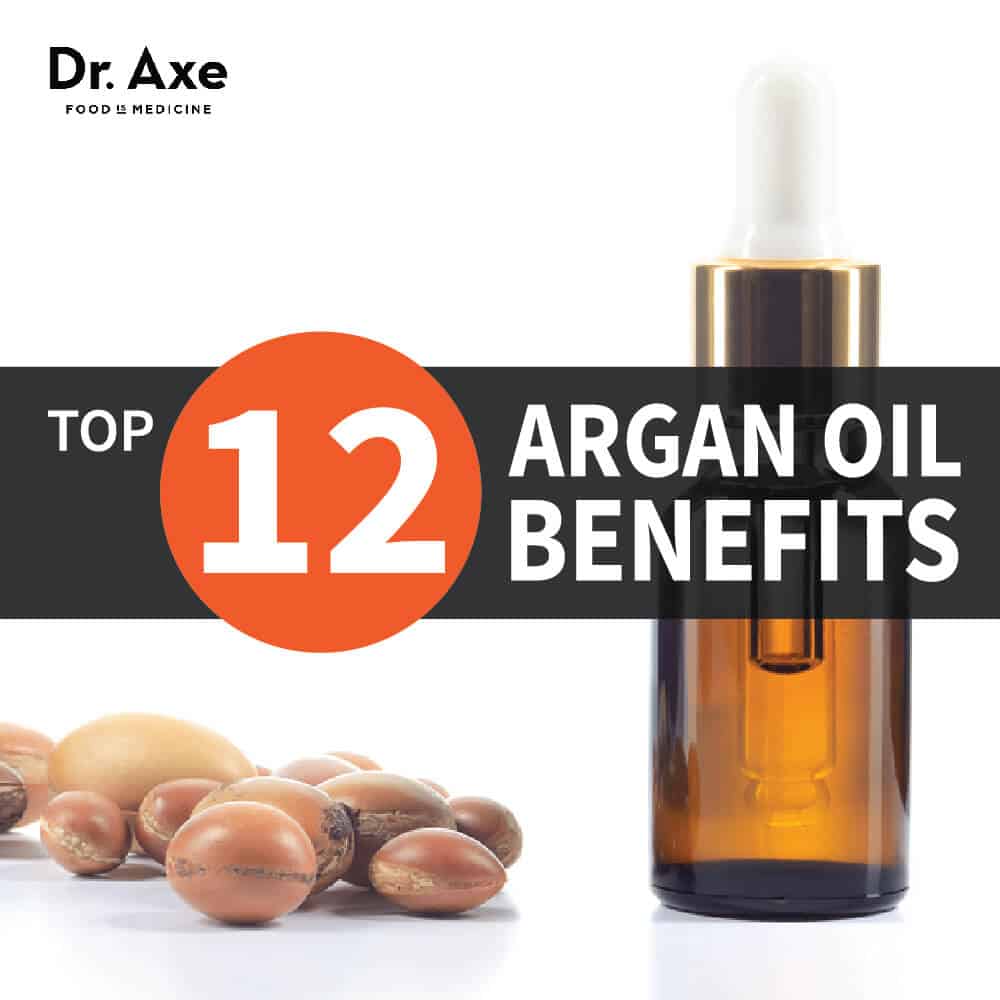Argan oil
The argan oil ( argan oil also ) is obtained from the fruit of the argan tree. It is used in catering and cosmetics and is characterized by its golden color and its intense odor.
- 2.1 fatty acids
- 2.2 tocopherols
- 2.3 phytosterols
Oil production
Located in Morocco Arganeraie was declared by the UNESCO as a Biosphere Reserve in 1998. This was preceded projects to preserve the traditional farming and artisanal oil production and preservation of the culture associated with the argan tree of Amazigh Berber, commissioned by the Moroccan royal family and conducted by the German development aid society GTZ.
Almost simultaneously began in Morocco, the industrialization of Arganölgewinnung. In the factories of Casablanca and Agadir oil is extracted from Arganmandeln. As a result of decreased family income lost because of the women in the rural regions of earnings from the oil production by manual extraction plays an important role.
The Moroccan government supported the establishment of UCFA ( Union des femmes de l' Coopératives of Arganeraie ). In this organization, about 22 cooperatives with more than 1000 women worry that the tradition of hand-pressed argan oil is retained. From the sale of the oil, the 6,000 family members can live in the villages and retained the family associations, because there is no need to work in the factories of the cities. Can be created with the discovery of argan oil for the cosmetic industry as a component of care products in addition long-term demand for the products of cooperatives.
The impact of rising demand and the social consequences of industrial- machine- pressed argan oil and the countermeasures movement of women's cooperatives are the subject of a survey conducted in May 2006 study conducted by GTZ.
The hand pressing of Argan oil is much longer than the production by means of pressing machines. To obtain a liter of hand-pressed argan oil about two days of work are required. The use of fruits is significantly higher; for the production of one liter of approximately 30 kilograms of fruit are needed so the harvest of 4-5 trees. This explains the relatively high price. Since the cooperatives of UCFA work for their own marketing, the value of her work with the women remains.
Traditional hand pressure
In traditional hand-pressed, the harvested fruits and almonds are pressed exclusively by hand in a process lasting up to 24 hours.
The collection and processing of Argan fruits has always been women's work. After drying of the fruit pulp is removed. Faulty and rotten cores are discarded. The hard cores will be knocking it. The almonds in it are removed and roasted. Then the almonds are hand ground in a stone mill. With the addition of boiled water, the recovered almond puree is then added to a slurry is stirred and kneaded until the oil comes out in a small trickle from the crowd.
The roasting leaves (as well as in the production of pumpkin seed oil) characteristic flavors evolve which but a cold pressing ascribed lost "naturalness" ( " virgin oil "). It is also oil from unroasted seeds commercially. Good quality oils are (2014) in the price range of 90-120 euros per liter, which some manufacturers are lured into food adulteration. Cheaper oil from poorly roasted almonds tastes like super-heated frying fat and not suitable as a " coronation " for noble salads.
Composition and properties
Fatty acids
In its fatty acid composition of argan oil cuts compared to other oils from mediocre and is similar to the fatty acid composition of peanut oil in about. The oil contains 20 % saturated fatty acids and 80 % unsaturated fatty acids. Also, the ratio of linoleic to α -linolenic acid is more likely to be regarded as unfavorable ( 340:1 ). However, a ratio of 4:1 or 5:1 is considered to be particularly beneficial to health.
Average fatty acid composition as compared with other vegetable oils (in percent):
Tocopherols
In advertising claims of the high content of tocopherols is often emphasized. This vitamin -E - active substances are ranked ( with 600 mg / kg) rather within the average range. Rapeseed oil has a similar content, wheat germ oil has a considerably higher content of tocopherol. Gamma -tocopherol, accounts for about 80% of the total content.
Phytosterols
Phytosterols are plant sterols that can reduce the formation of cholesterol in the human body. The average content of phytosterols is argan oil from 1.3 to 2 g / kg. For other household cooking oils, the average salary is between 2 and 4 g / kg; Sea buckthorn oil has even above 10 g / kg on.
The composition of phytosterols in Argan oil is nevertheless not without interest: Two Delta -7 stigmasterols occur, ( schottenol spinasterol ); these do not occur in other edible oils or only in small amounts. Reports schottenol is described as a glucoside with antitumor activity. Spinasterol apparently has a cell stimulatory. If the levels found sufficient to achieve this effect sure has not yet been investigated.
Film
- Argan oil, Moroccan white gold. Documentary, Germany, 2008, 42:30 min, written and directed by Roberto Lugones, Production: Medienkontor FFP, GEO, arte, Row: 360 ° Geo Reportage, first broadcast October 30, 2008 in arte, Summary of arte.










